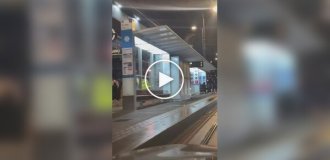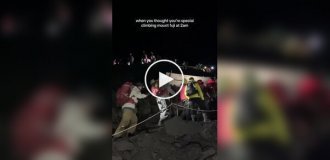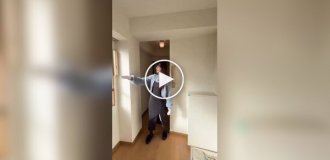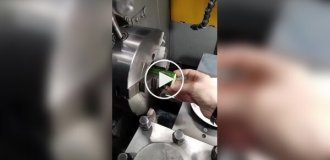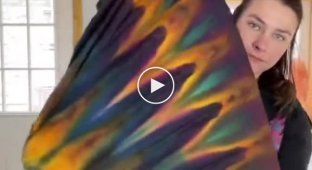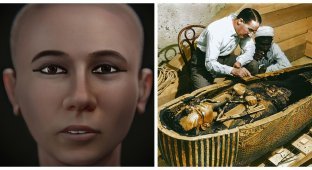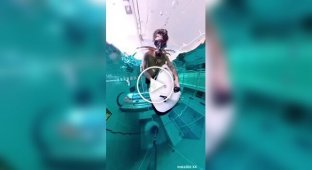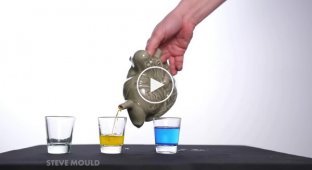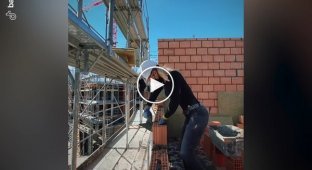3D modeling showed that the Turin Shroud covered not a body, but a bas-relief (7 photos)
Brazilian 3D designer Cicero Moraes wondered how the image on the Shroud of Turin came to be. And was it a depiction of a human body? He created three-dimensional digital copies of the human body and the relief image. Then, using 3D modeling software, he draped (covered) both models with fabric. 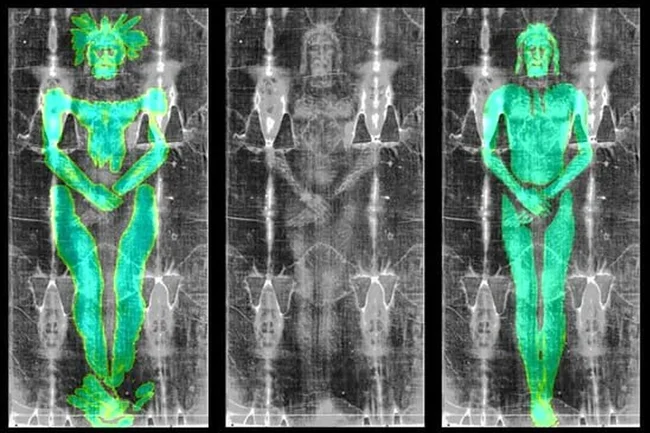
By comparing the generated images with photographs of the Shroud of Turin, he found an almost absolute identity between the pattern on the shroud and the arrangement of the fabric on the bas-relief model.
The researcher noted that when the fabric was placed on the body model, the image was deformed. Whereas placing the fabric on a slightly convex bas-relief did not cause strong distortions. 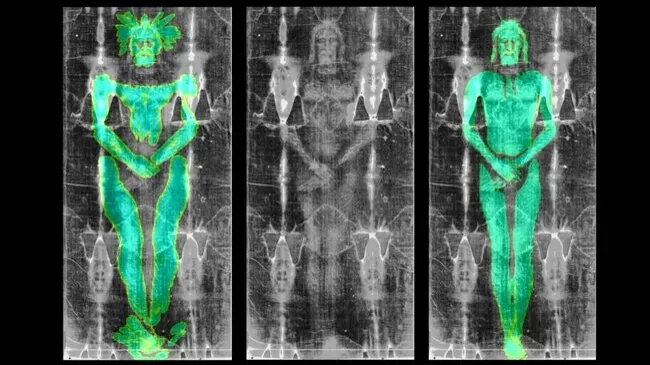
Moraes suggested that the imprint on the Turin Shroud could have arisen due to the contact of the cloth with a relief form made of wood, stone or metal. This bas-relief may have been pigmented or heated in certain places, which led to the transfer of the image to the fabric, - reports the portal poisknews.ru The researcher emphasizes that the results of radiocarbon dating date the Turin Shroud to the period between 1260 and 1390 AD. This coincides with the Middle Ages in Europe, when bas-relief tombstones became widespread as images on the sarcophagi of church ministers and titled nobility. 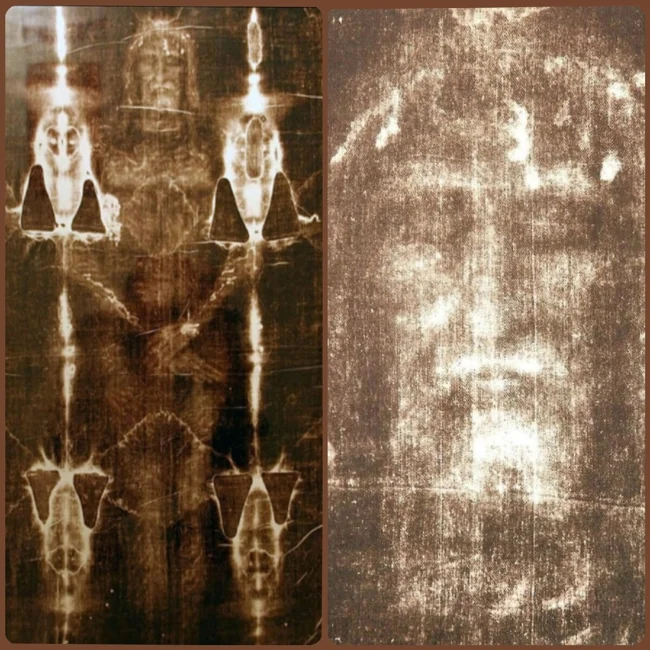
The Turin Shroud is a linen cloth measuring 4.37 by 1.11 meters and somehow retains the imprint of a full-length human figure (like a negative photograph). The image is visible from both the front and back. A significant number of Christian believers are convinced that this is the cloth in which the body of Jesus Christ was wrapped after his crucifixion. At the same time, the Catholic and Orthodox churches do not give an official opinion regarding its authenticity, but they recognize the spiritual value of the shroud. Currently, this relic is stored in the Cathedral of St. John the Baptist in Turin. 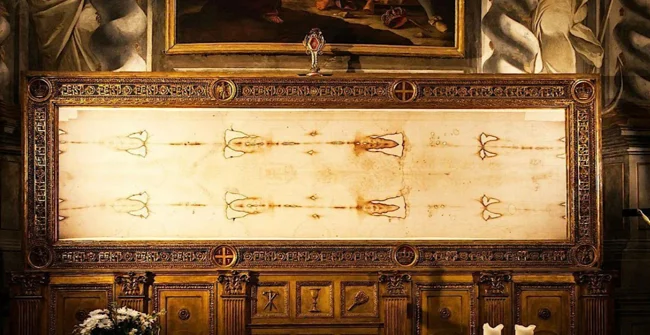
Indeed, how was the image of the body imprinted on the fabric? Believers believe in the miracle that Jesus performed, that his holy aura was imprinted through some kind of radiation from the body on the fabric. But if we assume that the radiocarbon analysis is more or less reliable and the shroud appeared 1000 years later than the era of Jesus, then everything can be much more pragmatic. Even if we assume that Jesus lived 1000 years later, that our history was made more ancient (there is such an alternative version), then even then, in the Roman Empire, sarcophagi with bas-reliefs on the lid were made for the nobility. The Romans adopted this from the Etruscans. 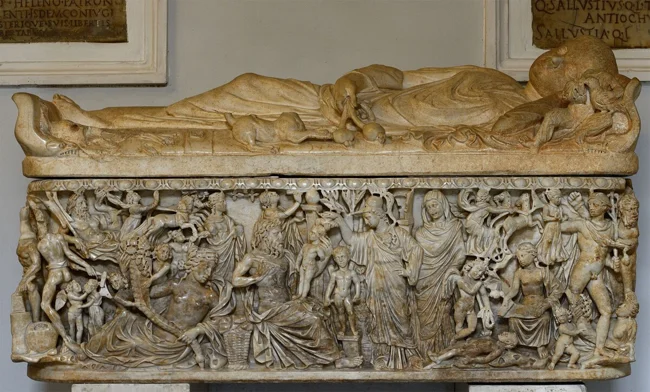
And this tradition of depicting the deceased on the sarcophagus carried over into the Middle Ages. Several examples of such medieval sarcophagi. 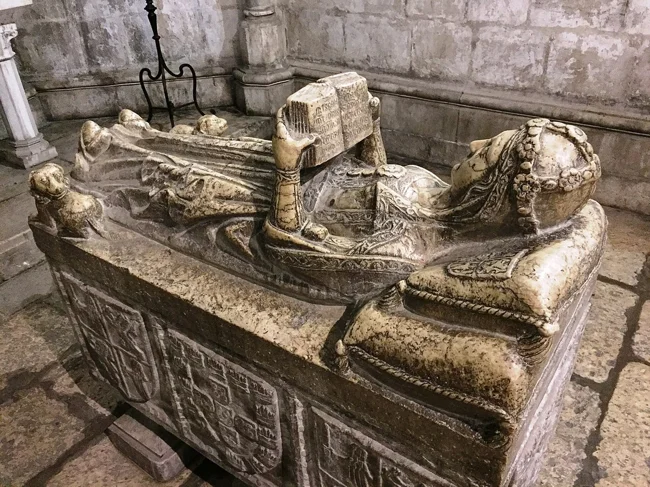
Let's assume that a similar bas-relief on some sarcophagus was covered with fabric, then how was the image imprinted or transferred? There are traces of either a fire or other temperature effects on the fabric of the Turin Shroud: 
It is possible that this is some kind of "chemical burn" and the structure of the fabric was destroyed and colored. For example, when the bas-relief was painted with something. Well, if Cicero Moraes from Brazil is right about the image on the bas-relief, then this further lifts the veil of secrecy of the Turin Shroud.
